The simple pleasures of a Moroccan Hammam
Journalist and founder of independent retreats website www.queenofretreats.com Caroline Sylger Jones explains about the relaxing, distinctly Moroccan experience of taking a hammam ...
Massage and hammam
Hammam. The very sound of the word is relaxing, conjuring images of exquisite tilework and an other-worldly atmopshere filled with off-white steam. Unlike your steam room in your local spa or leisure centre (if you’re lucky to have one), a proper hammam is usually quite something.
The tradition of the hammam, Arabic for ‘spreader of warmth’, dates back to the Romans and Byzantines, and has been adapted by different cultures across the Middle East since medieval times.
Gorgeous marble-walled public steam bath-houses, the hammam was an important part of Middle Eastern culture, because washing and cleanliness was such an essential aspect of Islam. Usually built next to a marketplace or mosque, they evolved to become a place for socialising and an essential part of traditional daily life.
Public hammams in places such as Turkey and Morocco comprise a series of marble-walled cave-like rooms of varying temperatures – the sogukluk (cool room), tepidarium (warm room) and sicaklik (hot room) – and are usually staffed by excellent strong-handed local massage therapists who will pummel you into a clean, calm state. Private hammams in hotels or riads are smaller, but the best ones replicate the traditional architecture and the experience of a sweat and a traditional ‘gommage’ will be the same for your body.
Your treatment starts with you naked and sitting on just-bearable hot marble, where you will sweat for a good ten minutes to open your pores. You’re then doused with water from the washbasins in the room, and covered with a traditional black soap, which is (usually) made from 100% natural ingredients. It doesn’t lather, but instead turns into a cream as soon as you add warm water. Cleansing and hydrating, it’s great for the skin and also helps to strengthen the hair, and it’s usually massaged in and left on for about ten minutes.
Your skin is then scrubbed with an exfoliating mitt, when you’ll see your dead skin cells stripped away in tiny rolls of dirt. It’s an exquisite feeling, like a chemical peel but without the chemicals. This is followed by a long rinse with plenty of hot water, usually buckets of it poured over your head – a nourishing experience, when you feel like a well cared-for child. Afterwards, you feel cleansed from the inside out, deeply relaxed, and with baby-soft skin. Put your feet up in a cooler place, and enjoy a sweet mint tea.
What’s the point of a hammam? A good long sweat helps boost the skin’s natural cleansing processes, getting rid of dead cells and the unwanted toxins in our system. Like any detox, it also calms busy heads and clears negative minds. There’s a sense of ritual to it too – go in dirty, aching, angry and indecisive; emerge clean, soothed and a tad more in control. What’s not to like?
Caroline Sylger Jones writes about spas, retreats and healthy holidays for national newspapers and magazines, and is the author of Body & Soul Escapes and Body & Soul Escapes: Britain & Ireland (Footprint Books). Voted one of the Top 50 Travel Websites for 2013 by The Times, her travel website www.queenofretreats.com offers honest, independent reviews of spas and healthy holidays.
Looking for retreats in morocco? Check our our retreats in morocco.

